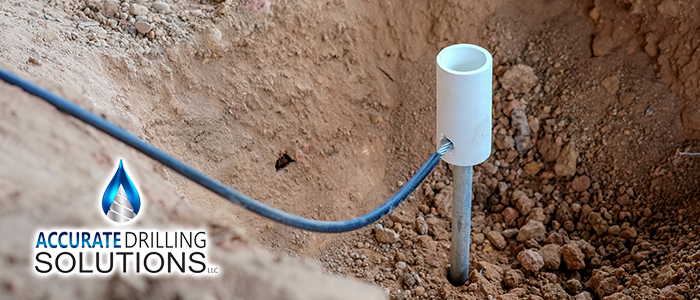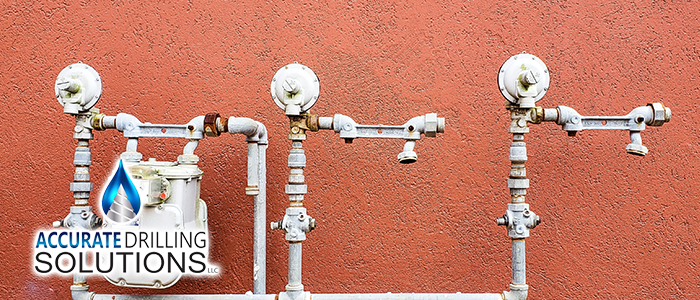
Florida Department of Health is the state of Florida’s public health system. The system covers birth certificates, death certificates, and everything in between. Above all, the department works to protect Floridians from public health threats. This includes informing and protecting well owners in Florida. Well owners make up a pretty significant population in the state, with some counties composed of nearly 100% well users. Taking this into account, Florida Health has established a Florida Well Surveillance Program. The program is designed to protect wells and well owners in Florida. Read on to learn how Florida Health is taking steps to protect Florida’s water resources.
All About Florida Health
The Department of Health was established in 1996 alongside the Department of Children and families. These departments the from the split of the old Florida Department of Health and Rehabilitative. Florida Health is also a source of jobs, employing over 17,000 people in the state. It is the first accredited public health system in the United States. Employees pull together resources on a variety of public health concerns.
- Children’s health.
- Women’s health, such as family planning and pregnancy care.
- Resources for WIC.
- Community health, which encompasses topics such as men’s health and community literacy.
- Minority health and health equity.
- Resources for people with disabilities. In short, this includes both physical resources and support.
- Emergency preparedness and response for events such as hurricanes and mental health crises.
- Connections to the Office of Medical Marijuana.
- Public Health campaigns that focus on topics such as the measles resurgence and flu vaccines.
One of Florida Health’s biggest focuses is environmental health, where the need for protecting our environment and human health intersect. Their focus is on consumer products, contaminants, and water concerns. The Florida Well Surveillance Program falls under their water concerns category.
What Does The Florida Well Surveillance Program Do?
The main job of the well surveillance project is to monitor Florida wells for contaminants. The Bureau of Environmental Health controls the well surveillance program. Another goal of the program is to identify and catalog potential contaminants.
Monitoring these contaminants and issues allows the department to make a game plan for when something does happen. They start with the most contaminated areas first and move through the entire water supply.
The Florida Well Surveillance Program In Action
Last November, residents of Ocala learned that their wells were unsafe from the Florida Department of Health. While there was some controversy about notifying residents, it ultimately turned out well.
Equipment at the Florida State Fire College in Ocala had unintentionally contributed to contamination. Flame retardants, which contained the chemicals perfluorooctane sulfonate and perfluorooctanoic acid found their way into the water supply. The contaminants, known by the abbreviations PFOS & PFOA respectively, have the potential to make people very sick. At the most concentrated areas, the levels of the contaminants were at 170 times the safe level. That is to say, the water was very very unsafe.
The department installed filters on people’s wells, as well as providing bottled water or gallons of water.
continue reading
Related Posts
Pinellas Park Business Owner’s Guide to Pump Systems For business
Lake Wales: Residential Well Installation Explained For many homeowners in
Port Richey Guide to Commercial Water Systems Businesses in Port






